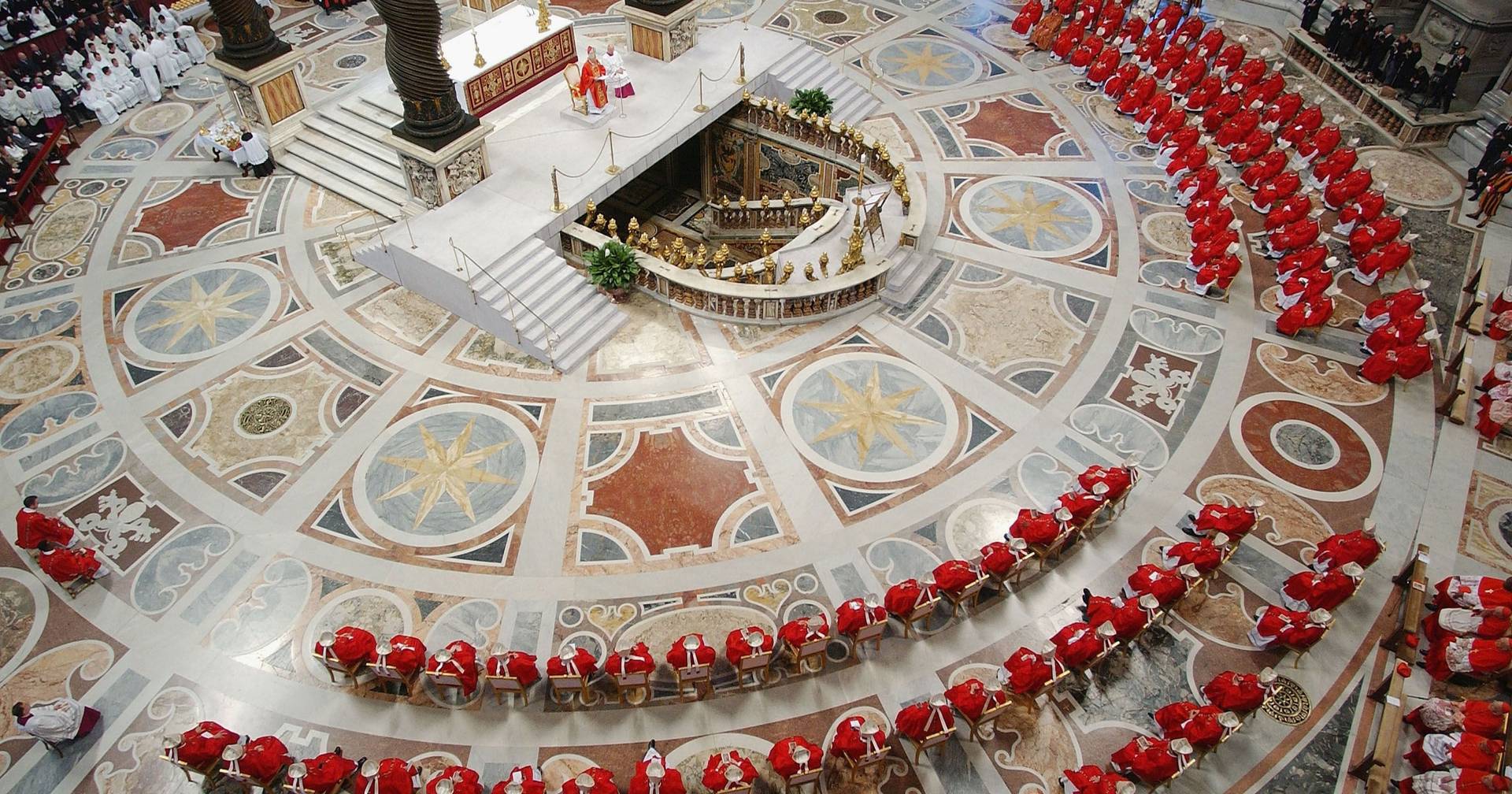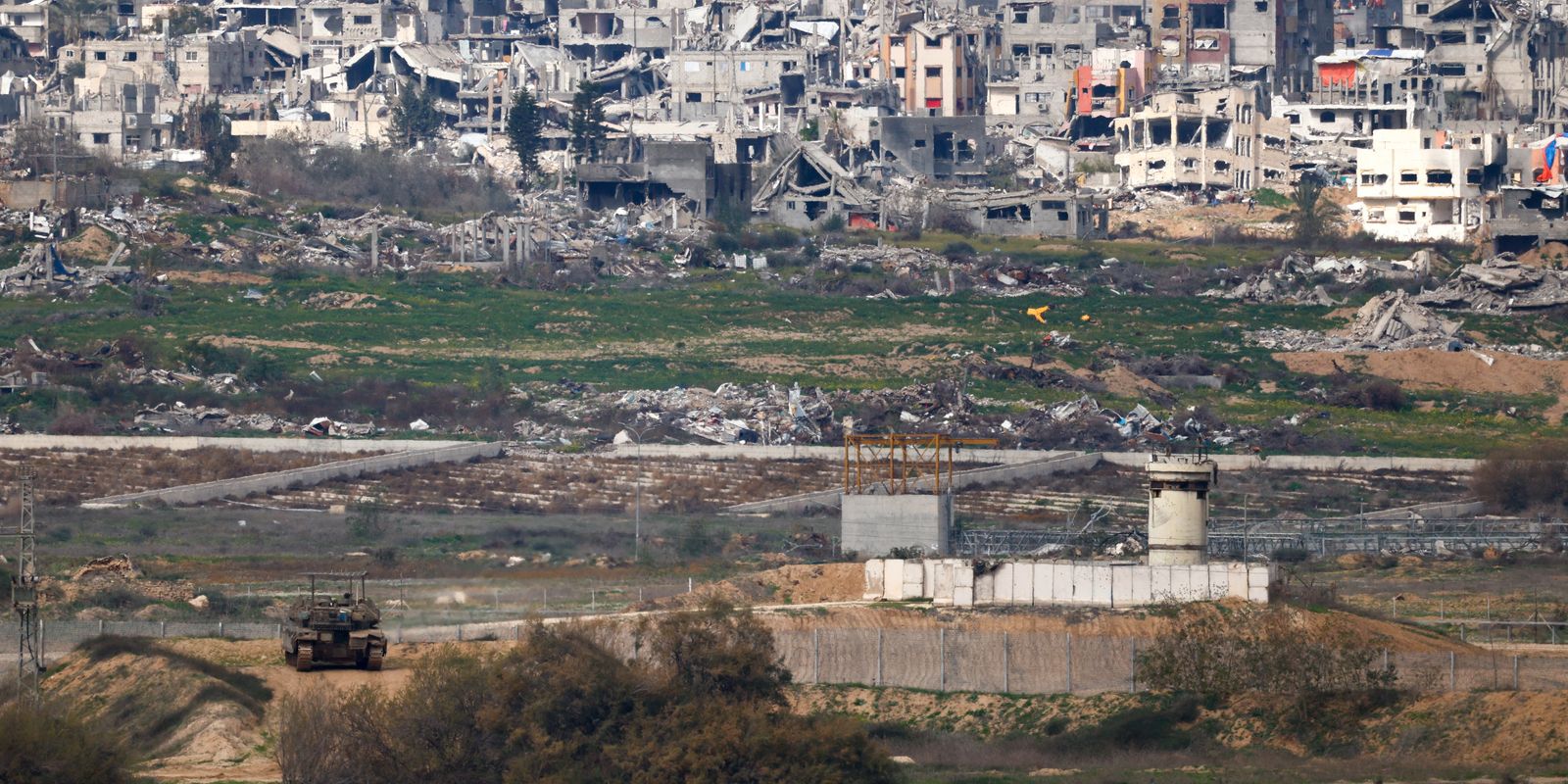"To understand the reasons for the charade that played out in the Oval Office of the White House on February 28, it is advisable to look at what happened in Germany just a few hours later: Friedrich Merz, chancellor-in-waiting and a former BlackRock executive, announced a $900 billion package – twice Germany’s annual federal budget – for defence and infrastructure. A few days later, Merz confirmed radical proposals (the largest overhaul of monetary policy since the reunification, alongside a constitutional reform) aimed at relaxing restrictions on debt accumulation to enable increased defence expenditure – in stark contrast, of course, to the fiscal austerity enforced across the EU over the past two decades, particularly the sadistic measures imposed on Greece.
As often the case, tout se tient. It is enough to connect the dots to grasp that today’s key geopolitical events originate in the elementary driver, and desperate lifeline, of contemporary capitalism: debt. Zelensky and Trump lock horns in front of the cameras (“this is going to be great television” says the Donald). A few hours later the former comedian, now victim of institutional bullying, is welcomed back into liberal Europe by the “coalition of the willing” (sic!), a pack of lugubrious politicians fittingly led by Keir Starmer. Meanwhile, like a Pavlov dog, the indignation of all “true progressive forces” is unleashed across the Old Continent. And, contextually, the Bundestag capitalizes on the general outcry to loosen Germany’s fiscal cordons and oil the money presses: more debt für uns und für alle! The conditions are perfect: a freshly formed Große Koalition, a recession in progress, and, most crucially, the irresistible primal scene of two forms of “political insanity” (Trump and Putin) apparently making love to each other. After the Covid crisis, the debt brake can again be suspended due to “unusual emergencies beyond governmental control”. It is Germany’s much-awaited “whatever it takes” moment, its spectacular capitulation to economic pressure camouflaged as geopolitical responsibility. Under the new leadership of “BlackRock Merz”, the last bastion of fiscal discipline converts to the American model of debt-based “financial growth”. Unsurprisingly, huge amounts of capital are now pouring into German equities – the highest influx since the pandemic bonanza. The spectre of Weimar, it seems, is no longer haunting the country.
While Berlin announces a mega stimulus of almost a trillion euros, in Brussels Ursula von der Leyen pulls out of her hat the Re-Arm Europe project (later more soberly rebranded Readiness 2030). In a coordinated effort, the functionaries of “crisis capitalism” propose to lift restrictions on deficit spending provided this spending is used for defence (which is just another word for warfare). Apparently, Re-Arm Europe could mobilize something like 840 billion euros for our security, for we cannot turn our backs on Ukraine in the darkest hour (regardless of the fact that the war is long lost, having resulted in the tragic and avoidable loss of hundreds of thousands of Ukrainians); just as we cannot wait for Putin to invade Portugal. Regrettably, this statement is not made in jest – it reflects the disturbing narrative we have been exposed to over the past three years. A very simple question arises here: why on earth would the Russians be itching to invade Europe, if they already have too much land and resources to manage, as well as a growing economy? Incidentally, if Europe is serious about “rearmament”, which is yet to be proven, it will need to cut back on welfare costs (education, infrastructure, healthcare, pensions, etc.) and redirect funds towards military spending, as even the Financial Times cautioned. This would also mean increasing arms purchases from – guess who? – the United States, which was already up 35% during the Biden administration. In the interim, however, scaremongering will do, as the EU recommends, also through a grotesque video-message that merits analysis as a remarkable instance of postmodern communication, that we hold 72-hour emergency supplies (after which, it seems, we’ll just have no option but die).
This situation is both tragic and farcical, since it now demands applying a lick of military-green paint to a European economy caught with its pants down after years of self-inflicted pain, from the Green New Deal to sixteen sanction packages against Russia (which, of course, worked the opposite way we were promised they would work). Incidentally, you may have noticed the establishment’s nonchalant shift from commitment to environmental sustainability, exemplified by ESG investments, to the aggressive rhetoric aimed at bolstering the military-industrial complex. Will they, perhaps, produce eco-friendly weapons? Clearly, “green” is a flexible, fluid signifier, perfectly adaptable to market needs, fulfilling both environmental goals and “existential” military ends.
So we can either persist in being bamboozled by Frau Ursula and her technocratic associates, as many pseudo-leftist intellectuals love to do, or we can acknowledge that that there is only one real emergency: the two-headed monster of structural stagflation, with potential financial collapse attached. It is this monster that drives the puppeteers to seek increasingly dangerous alibis to recklessly generate vast amounts of credit from economic nothingness – mountains of credit supposed to rain down on a broken system. The new clamour for arms is aimed at creating more debt as a “healthy tonic” for weakened member states, perhaps in anticipation of the Eurozone’s dissolution.

 thephilosophicalsalon.com
thephilosophicalsalon.com
As often the case, tout se tient. It is enough to connect the dots to grasp that today’s key geopolitical events originate in the elementary driver, and desperate lifeline, of contemporary capitalism: debt. Zelensky and Trump lock horns in front of the cameras (“this is going to be great television” says the Donald). A few hours later the former comedian, now victim of institutional bullying, is welcomed back into liberal Europe by the “coalition of the willing” (sic!), a pack of lugubrious politicians fittingly led by Keir Starmer. Meanwhile, like a Pavlov dog, the indignation of all “true progressive forces” is unleashed across the Old Continent. And, contextually, the Bundestag capitalizes on the general outcry to loosen Germany’s fiscal cordons and oil the money presses: more debt für uns und für alle! The conditions are perfect: a freshly formed Große Koalition, a recession in progress, and, most crucially, the irresistible primal scene of two forms of “political insanity” (Trump and Putin) apparently making love to each other. After the Covid crisis, the debt brake can again be suspended due to “unusual emergencies beyond governmental control”. It is Germany’s much-awaited “whatever it takes” moment, its spectacular capitulation to economic pressure camouflaged as geopolitical responsibility. Under the new leadership of “BlackRock Merz”, the last bastion of fiscal discipline converts to the American model of debt-based “financial growth”. Unsurprisingly, huge amounts of capital are now pouring into German equities – the highest influx since the pandemic bonanza. The spectre of Weimar, it seems, is no longer haunting the country.
While Berlin announces a mega stimulus of almost a trillion euros, in Brussels Ursula von der Leyen pulls out of her hat the Re-Arm Europe project (later more soberly rebranded Readiness 2030). In a coordinated effort, the functionaries of “crisis capitalism” propose to lift restrictions on deficit spending provided this spending is used for defence (which is just another word for warfare). Apparently, Re-Arm Europe could mobilize something like 840 billion euros for our security, for we cannot turn our backs on Ukraine in the darkest hour (regardless of the fact that the war is long lost, having resulted in the tragic and avoidable loss of hundreds of thousands of Ukrainians); just as we cannot wait for Putin to invade Portugal. Regrettably, this statement is not made in jest – it reflects the disturbing narrative we have been exposed to over the past three years. A very simple question arises here: why on earth would the Russians be itching to invade Europe, if they already have too much land and resources to manage, as well as a growing economy? Incidentally, if Europe is serious about “rearmament”, which is yet to be proven, it will need to cut back on welfare costs (education, infrastructure, healthcare, pensions, etc.) and redirect funds towards military spending, as even the Financial Times cautioned. This would also mean increasing arms purchases from – guess who? – the United States, which was already up 35% during the Biden administration. In the interim, however, scaremongering will do, as the EU recommends, also through a grotesque video-message that merits analysis as a remarkable instance of postmodern communication, that we hold 72-hour emergency supplies (after which, it seems, we’ll just have no option but die).
This situation is both tragic and farcical, since it now demands applying a lick of military-green paint to a European economy caught with its pants down after years of self-inflicted pain, from the Green New Deal to sixteen sanction packages against Russia (which, of course, worked the opposite way we were promised they would work). Incidentally, you may have noticed the establishment’s nonchalant shift from commitment to environmental sustainability, exemplified by ESG investments, to the aggressive rhetoric aimed at bolstering the military-industrial complex. Will they, perhaps, produce eco-friendly weapons? Clearly, “green” is a flexible, fluid signifier, perfectly adaptable to market needs, fulfilling both environmental goals and “existential” military ends.
So we can either persist in being bamboozled by Frau Ursula and her technocratic associates, as many pseudo-leftist intellectuals love to do, or we can acknowledge that that there is only one real emergency: the two-headed monster of structural stagflation, with potential financial collapse attached. It is this monster that drives the puppeteers to seek increasingly dangerous alibis to recklessly generate vast amounts of credit from economic nothingness – mountains of credit supposed to rain down on a broken system. The new clamour for arms is aimed at creating more debt as a “healthy tonic” for weakened member states, perhaps in anticipation of the Eurozone’s dissolution.

Rearmament: The Charade and the Game of Chicken - The Philosophical Salon
To understand the reasons for the charade that played out in the Oval Office of the White House on February 28, it is advisable to look at what happened in ... Read More
Última edição:












